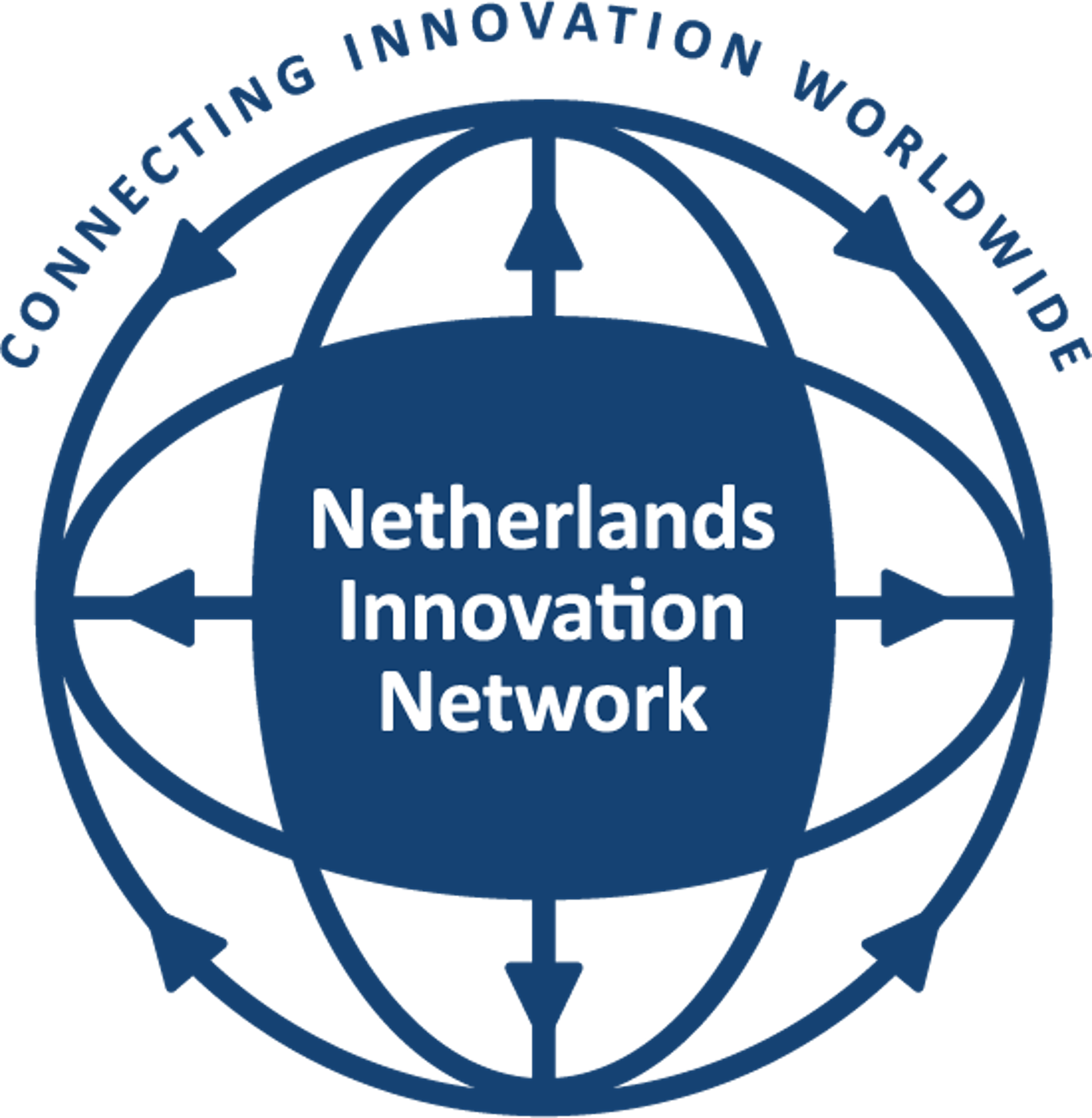Summary
This article gives a broad overview of the medical sector developments in China. Highlights areprojected against challenges, and opportunities for Dutch involvement are highlighted.
***
The medical sector is vastly expanding in China. China has become the second largest pharmaceutical market in the world; and with its size of 17 Billion USD, the medical technology market in China currently ranks fourth. The nearly 1.4 billion people are facing challenges with respect to ageing and chronic disease, and opportunities when it comes to public and private spending on healthcare and development of healthcare technologies.
Technological highlights
The medical technology sector is typically a knowledge intensive sector, which strongly relies on academic talent and entrepreneurial support. Whereas momentarily the many key technologies in China follow international trends (top universities and R&D companies are good competitors of their overseas peers, but fields of expertise that stand out in China are rare), there is a strong rise of (data)platforms and services which may outrun the international competition. Notably, the Alibaba group is very active in the medical field, and with its Alicloud becoming a prominent connector of information-based medical technology.
Key-players en networks
Driving the knowledge base for medical technology is first and foremost the government. Until today, the government is the main provider of funds for both academic research as well as R&D. The step towards commercialization, however, seems to be spearheaded by companies (mostly non-governmental) and universities. Innovation patent data shows an overrepresentation of companies and universities in the regions around Beijing, Shanghai and Shenzhen. Whether the Chinese Academy of Sciences (CAS) and its traditional research institutes such as the Shanghai Institute for Biological Sciences are clearly driven towards knowledge valorization remains unclear; however, the vast majority of new research institutes (also under CAS) include patent offices, provide business support and aim for technology spin offs.
Life Science Parks, in which spin offs gather and capital is collected and distributed may become other key players in this sector. An important note here is that some of these parks may more or less serve as local prestige hubs, creating an attitude that could conflict with an open innovation–based business culture. The numbers are staggering: there are more than 100 life science parks in China at present, and 22 national biomedical centers.
Role of the government
The central as well as local governments play an important role in driving advances in medical technology. Some of the direct roles are supporting R&D, easing registration and legalization of new methodologies, creating innovative business environments. The role of the government in attracting talent should also not be ignored. Talent scouting has become a core activity of the central government, with a number of programs that offer impressive professional and personal benefits for individuals. Such treatment is available for local talents, and to a larger extent for foreign talents (who, in a research setting, often receive higher salaries than their peers) and mostly for so-called returnees, or people of Chinese origin who studied, worked and lived overseas.
Relevant developments
The establishment of Free Trade Zones (FTZ) has sparked the interest for foreign producers of medical technology. Notably, the Shanghai Waigaoqiao FTZ is attracting attention after liberalization in the hospital sector, after which the fist wholly foreign owned hospital from a Hong Kong–German consortium was established. This step exemplifies the willingness to test new healthcare business models in China (to which the medical technology industry can cater more easily because of eased regulations and tax relieves), and on the other hand the clear need to quickly implement new healthcare centers in an overpopulated and ageing country that is medically underequipped.
Needs for knowledge and expertise
In a High tech Systems and Materials context, the medical technology strongly connects to the field of sensing and information technology. The capacity to develop standalone technology in China is maturing fast; the implementation (connectivity between the end users, data management, security, system integration) is very much in a developing phase. When zooming in on the medical technology field, in Europe we distinguish a dominant role for SMEs that make up 95% of all med-tech related companies. In China, foreign SMEs are not well represented, as most foreign technology is introduced via MNCs. Apparently there is a clear mismatch between the EU ecosystem/working mode, and the Chinese awareness and readiness to accept SME-derived technology. Here, a suggestion would be to stimulate closer collaboration between Dutch Scienceparks and a number of Chinese Life Science parks, carefully selected based on competitiveness, innovation capacity, open attitude and independence. Another key question in the health sector in China also remains valid for medical technology: who is going to pay for it? At this moment, only basic needs are publically covered, more recent or advanced treatment and medical technology, are paid out-of-pocket. There may be opportunities for organizations that are familiar with implementing health insurance schemes.
Opportunities for Dutch companies and Knowledge institutes
Current population characteristics in China highlight a clear need for improved health solutions, many of which will come from medical devices. With respect to an aging population in combination with a rising middle class, the quality demands will likely become higher and the focus will expand from communicable disease towards non-communicable, chronic, and elderly related disease. On top of that, in absence of a clear anti smoking strategy and elevated levels of air pollutants, respiratory disease, notably COPD, is projected top become more prevalent.
Dutch medical technology providers could take advantage of the strong public acceptance of imported products. However, as medical technology registration is a lengthy, expensive and uncertain challenge in China, it is advisable that SMEs join organizations such as the EU SME centre, which offers recommendations and support to the Chinese authorities in dealing with such formal processes.
Sources, further reading
- http://www.rvo.nl/actueel/nieuws/inzicht-chinese-patentaanvragen
- http://www.cmef.com.cn/g1275/s3632/t2864.aspx
- http://www.ausbiotech.org/userfiles/File/_data/reports/Final_AusBiotech%20Guide%20for%20China_April%202015.pdf
- http://www.eusmecentre.org.cn/report/medical-devices-market-china
